Book tip: No Ponte
Book tip: No Ponte
November 8, 2023
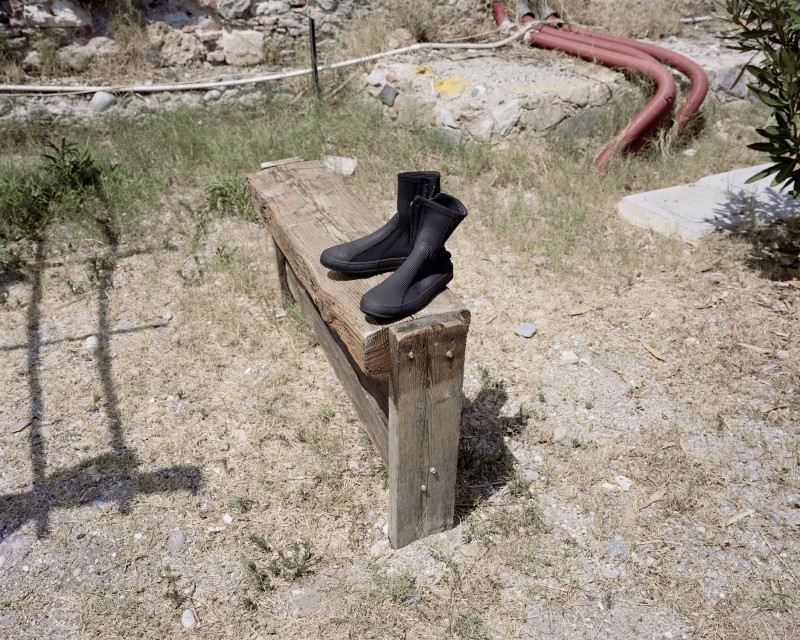
Capo Peloro, 2018
Distancing himself from any obsessive political explanations, Swiss photographer Giuseppe Micciché has focussed his long-term project on the places that have been affected by the potential plans to build a bridge. Born in Winterthur in 1971, and living today in Zurich, Micciché also has a personal connection to the subject, as part of his family comes from Sicily. “When returning to our village during the summer vacations, like so many other families who had emigrated abroad, the arancini we ate on the ferry from mainland Italy to Sicily was always the first taste of home. Visible from afar, we were greeted from the other shore by the golden Madonnina, patron saint of Messina,” he remembers. Many years later he began to take a photographic interest in the region: “Fascinated by the bridge that does not appear on any map and hovers above sea level like a mirage, I began photographing this piece of coastline in 2005.”
Micciché’s images speak of a land at a standstill. Presented in a fine, high-gloss, large-format book, the desolate architectural scenes, street and harbour views, inhospitable beaches, fences and walls with protest graffiti, and the few people who put in an appearance, seem all the more lost in contrast to the shiny paper. Everything seems to be waiting for the promised change – which will probably never come. The photographer has found the perfect melancholic motifs to convey this longing. “No Ponte is an attempt to photograph something that does not exist; it is an essay about how the absence of something can affect us just as much as if it were actually there. No picture of the bridge will therefore ever be included in this series. I will shoot the last photograph if and when the first cornerstone is laid,” Micciché explains in his foreword.
Giuseppe Micciché: No Ponte+-
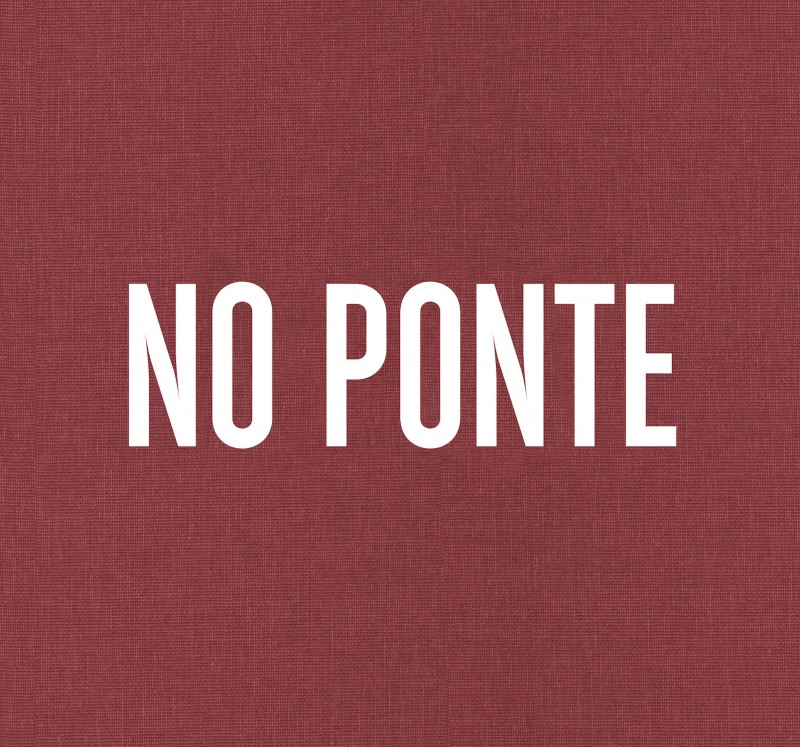
156 pages, 70 colour pictures
27.5 × 29.5 cm. Italian/English
Edition Patrick Frey (Nr. 343)
Book design by Vieceli & Cremers

Capo Peloro, 2018
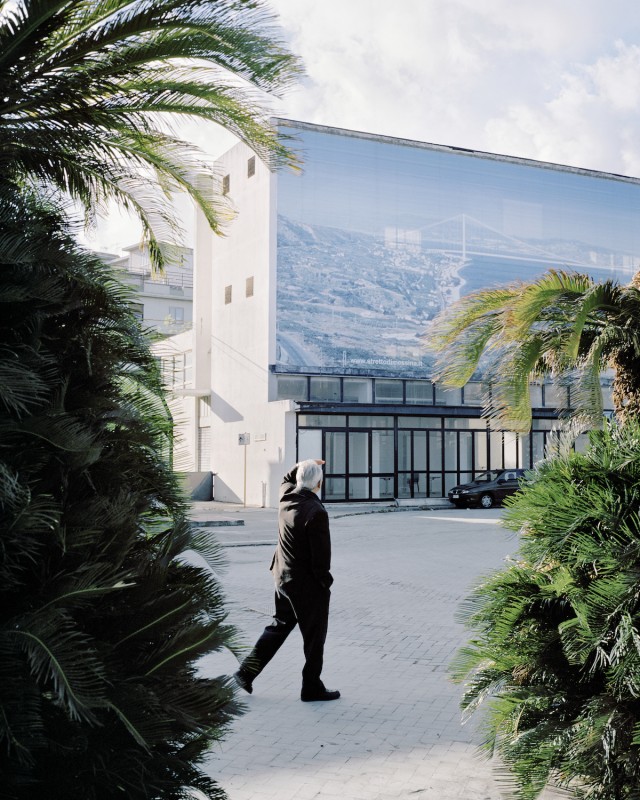
Fiera di Messina, 2006
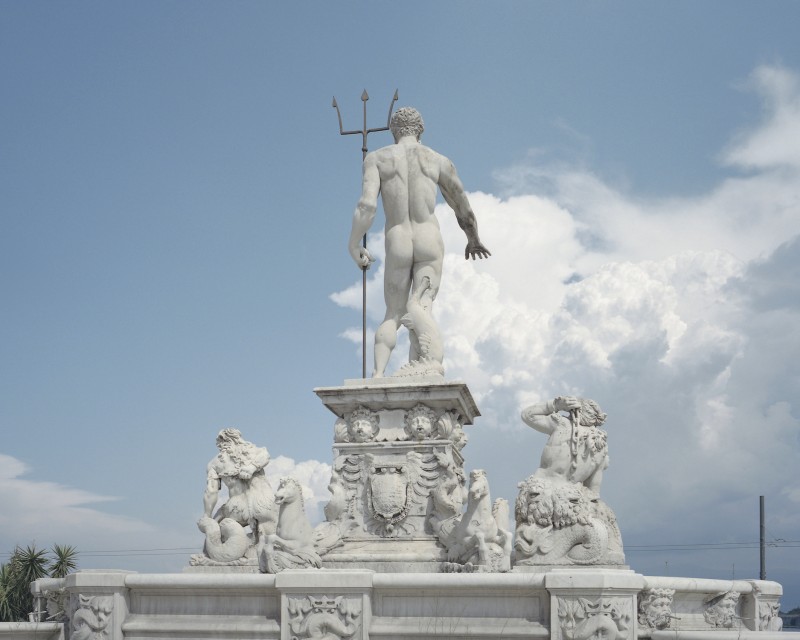
Fontana del Nettuno, 2018
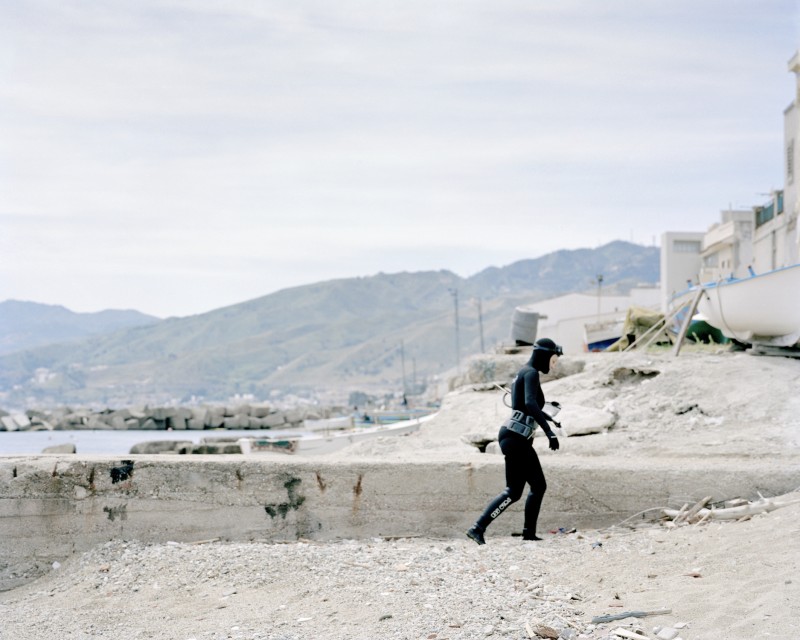
Ganzirri, 2006
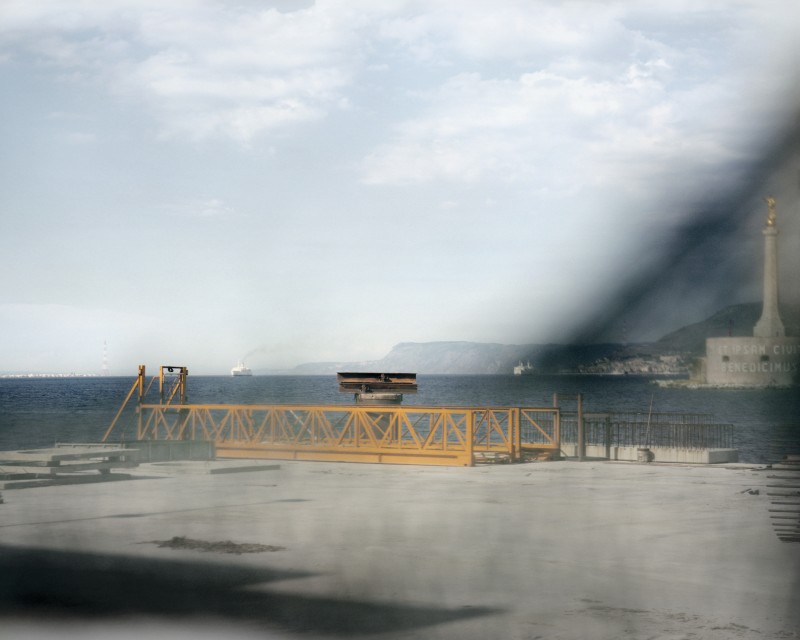
Porto di Messina, 2009
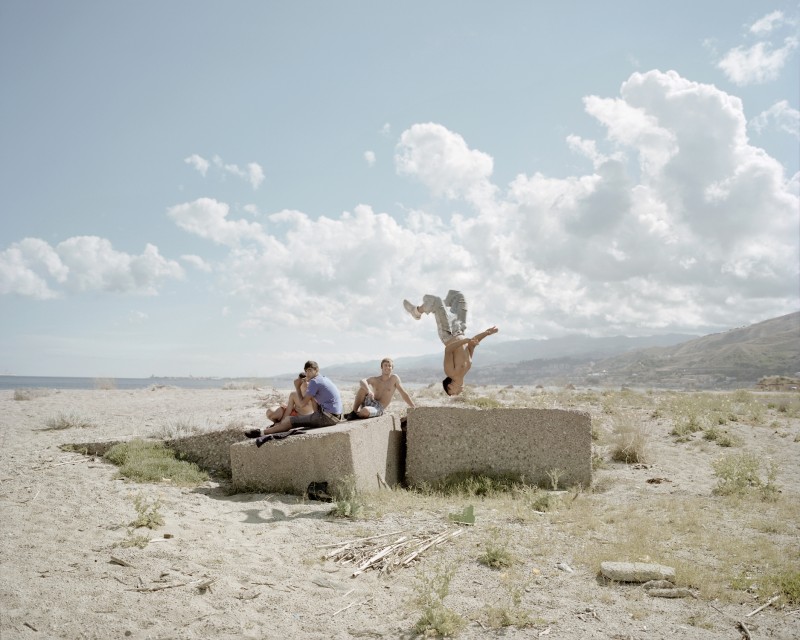
Sant’Agata, 2009
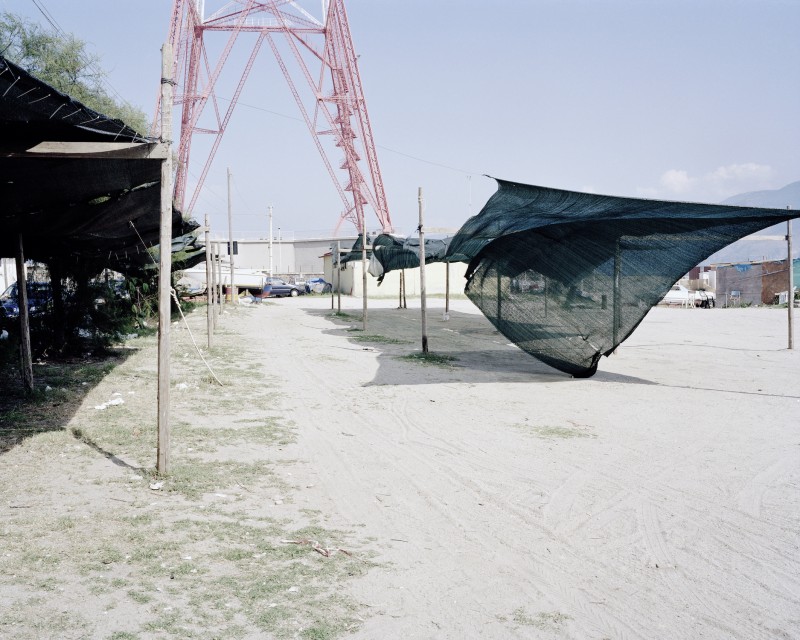
Torre Faro, 2005
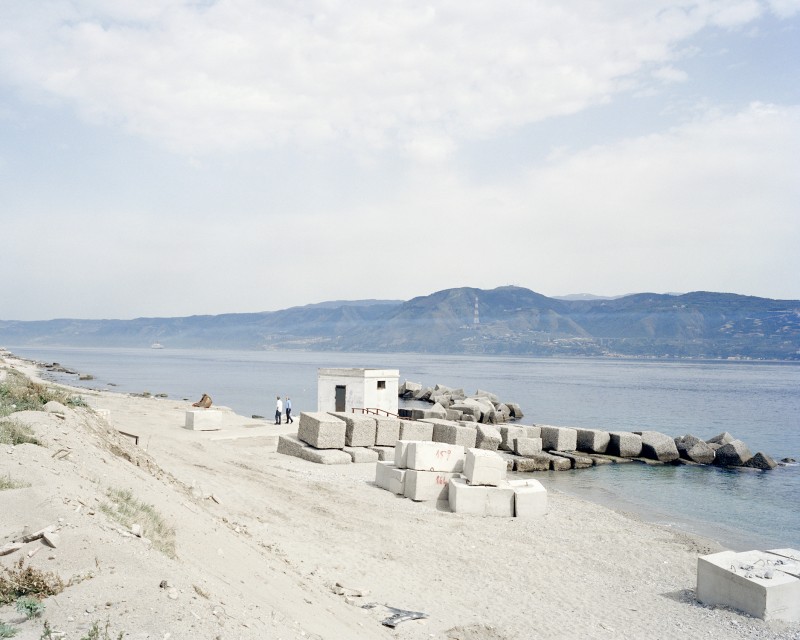
Torre Faro, 2006
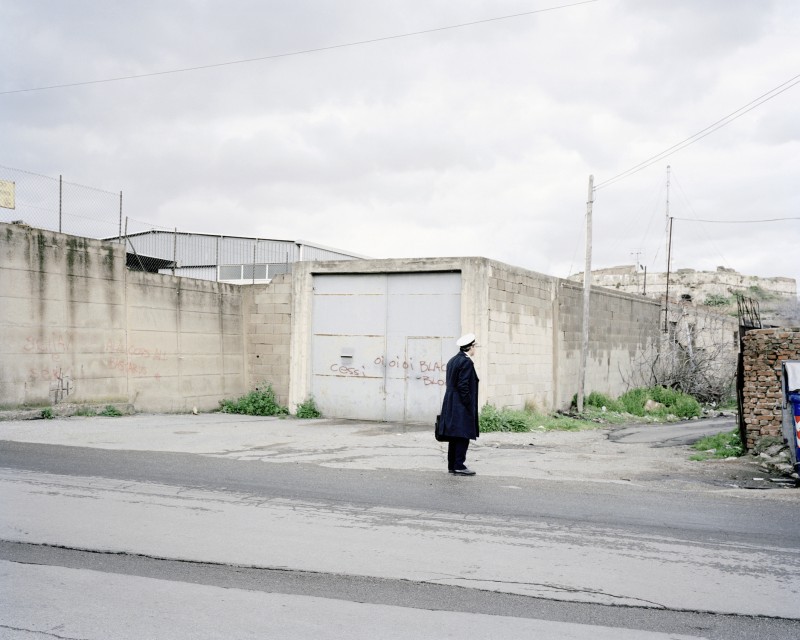
Zona Falcata, 2006